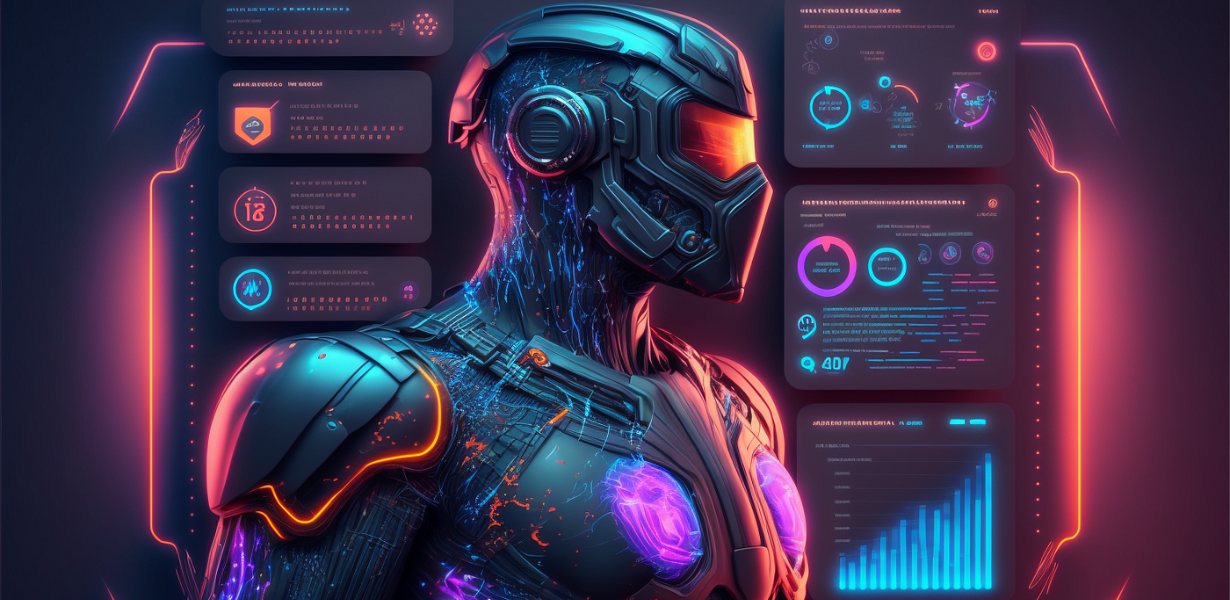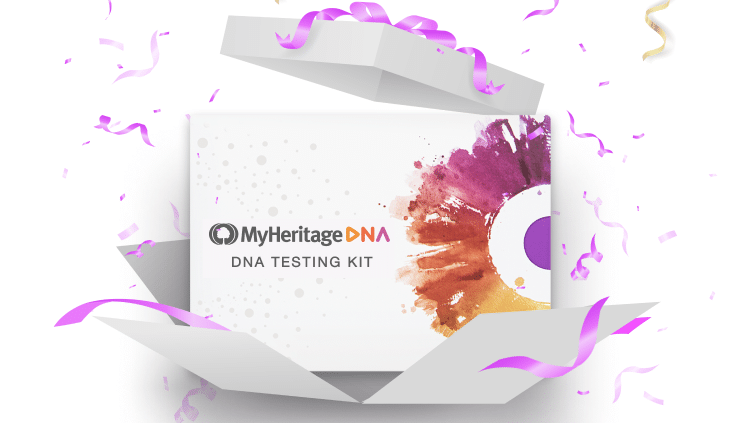
Revolutionizing Wireframing Workflows: Harnessing AI-Driven Prototyping Tools
- Post
- August 7, 2023
- UI/UX Design, Web Design, Wireframing
- 0 Comments
Wireframing, the art of creating low-fidelity sketches of digital interfaces, is the cornerstone of user-centered design. It serves as a blueprint, aiding designers in visualizing the layout and structure of a website or application. Traditionally, wireframing was a meticulous process, demanding meticulous attention to detail and manual adjustments. However, the introduction of AI-powered prototyping tools has given rise to a new era in design innovation.
The Evolution of Wireframing: From Manual to AI-Driven
Manual Wireframing Challenges
Designers previously grappled with the limitations of manual wireframing. Iterations were time-consuming, and changes required manual adjustments across various screens. This hindered the agility of the design process.
Enter AI-Driven Prototyping Tools
AI-driven prototyping tools leverage machine learning algorithms to streamline wireframing. These tools analyze design patterns, user behavior, and industry trends to suggest optimal layouts and interactions, significantly reducing the time spent on design iterations.
Unleashing Creativity with AI-Powered Design Assistance
Intelligent Layout Suggestions
AI-driven tools analyze vast databases of design patterns and user preferences to propose intelligent layout suggestions. This empowers designers to make informed decisions while maintaining creativity.
Effortless Interaction Design
Crafting seamless user interactions is a critical aspect of UI/UX design. AI-driven tools offer interaction design recommendations, allowing designers to create fluid and engaging user experiences.
Enhancing Collaboration and Communication
Streamlined Feedback Loops
Collaboration among designers, developers, and stakeholders is pivotal. AI-powered tools facilitate real-time collaboration by providing a central platform for sharing designs, receiving feedback, and implementing changes efficiently.
Visualizing Dynamic Interactions
Communicating complex interactions to stakeholders can be challenging. AI-driven tools generate interactive prototypes, offering stakeholders a tangible understanding of the final product’s functionality.
Boosting Efficiency and Reducing Iteration Cycles
Rapid Iterations
Traditional wireframing required exhaustive iterations, often leading to extended project timelines. AI-driven tools expedite this process by suggesting refined design elements, allowing for quicker adjustments.
Adaptive Design Patterns
These tools analyze design trends and user preferences, enabling designers to incorporate adaptive design patterns that resonate with the target audience, thus minimizing design revisions.
Commonly Asked Questions
Q1: How do AI-driven prototyping tools differ from traditional wireframing software?
AI-driven tools harness machine learning to offer design suggestions and predict user interactions, expediting the wireframing process and enhancing the final product’s user experience.
Q2: Are AI-driven tools suitable for all design projects?
Yes, AI-driven prototyping tools are versatile and applicable across various design projects, from websites to mobile applications, catering to different industries and user needs.
Q3: Can AI-powered wireframing tools replace human designers?
No, AI-driven tools are designed to assist designers, not replace them. They enhance creativity, efficiency, and collaboration, allowing designers to focus on strategic aspects of design.
Q4: How can these tools adapt to changing design trends?
AI-driven tools continuously learn from new design trends and user preferences, ensuring that the suggested design elements remain relevant and up-to-date.
Q5: Are AI-driven wireframing tools user-friendly for beginners?
Absolutely, AI-driven tools often come with intuitive interfaces and user guides, making them accessible for designers at all skill levels.
Bottom Line
In the realm of UI/UX design, AI-driven prototyping tools have ignited a transformative shift, catalyzing efficiency, creativity, and collaboration. From intelligent layout suggestions to adaptive design patterns, these tools empower designers to deliver exceptional user experiences. As the design landscape continues to evolve, embracing AI-driven prototyping tools becomes not only an advantage but a necessity, redefining the future of wireframing workflows.




